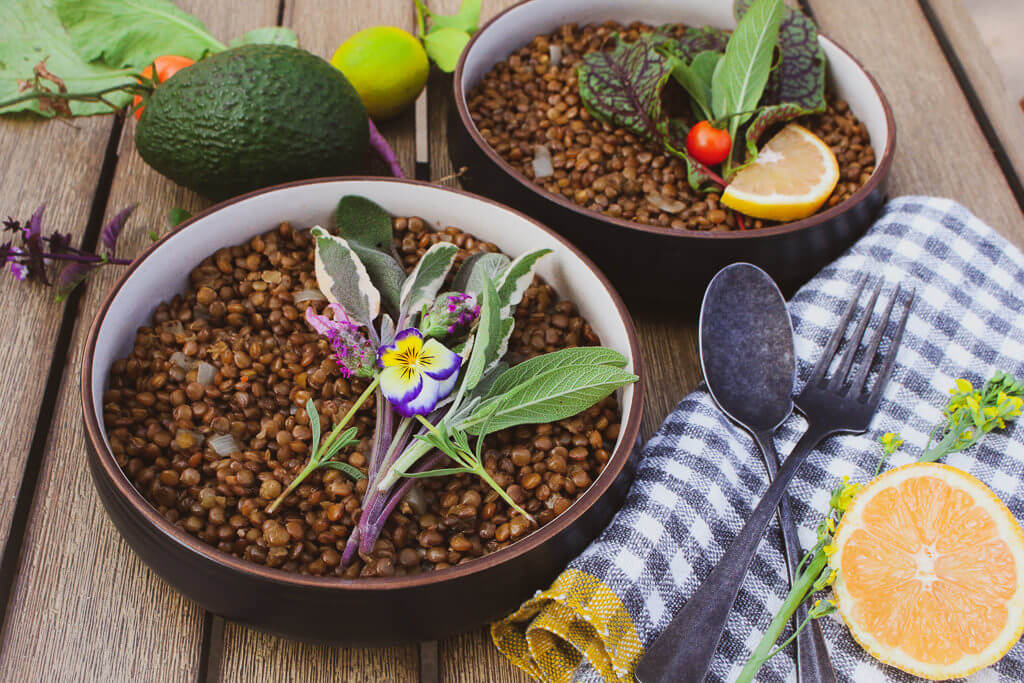Power up on protein-rich pulses for taste, health benefits, and pure enjoyment. These 7 top tips for including them in your meals will get you started.
Since the beginning of time, humans relied upon pulses—mature, dried seeds from pods, including beans, peas and lentils—for sustenance. First, our early ancestors gathered these edible seeds in the wild in their hunt for food, and later they began cultivating them during the earliest forms of agriculture. Pulses have been found in caves in Thailand and Egyptian tombs dating back some 11,000 years. In fact, nearly every culture has a pulse in its traditional diet—they are grown in 173 countries around the world, and everywhere in the U.S. except for Alaska. Different regions around the globe have developed unique ways to enjoy pulses—from Mexico’s pinto bean frijoles to French lentil salads to Greece’s herb and olive-oil infused giant beans.
One of the reasons pulses have become such a backbone of cultural diets is their rich nutrient cache. Pulses are one of nature’s most perfect foods; ½ cup contains at least 20% of the Daily Value (DV) for fiber, folate, and manganese; at least 10% DV for protein, potassium, iron, magnesium, and copper; and 6-8% of the DV for selenium and zinc; as well as phytochemicals such as alkaloids, flavonoids, saponoins, tannins, and phenolic compounds.
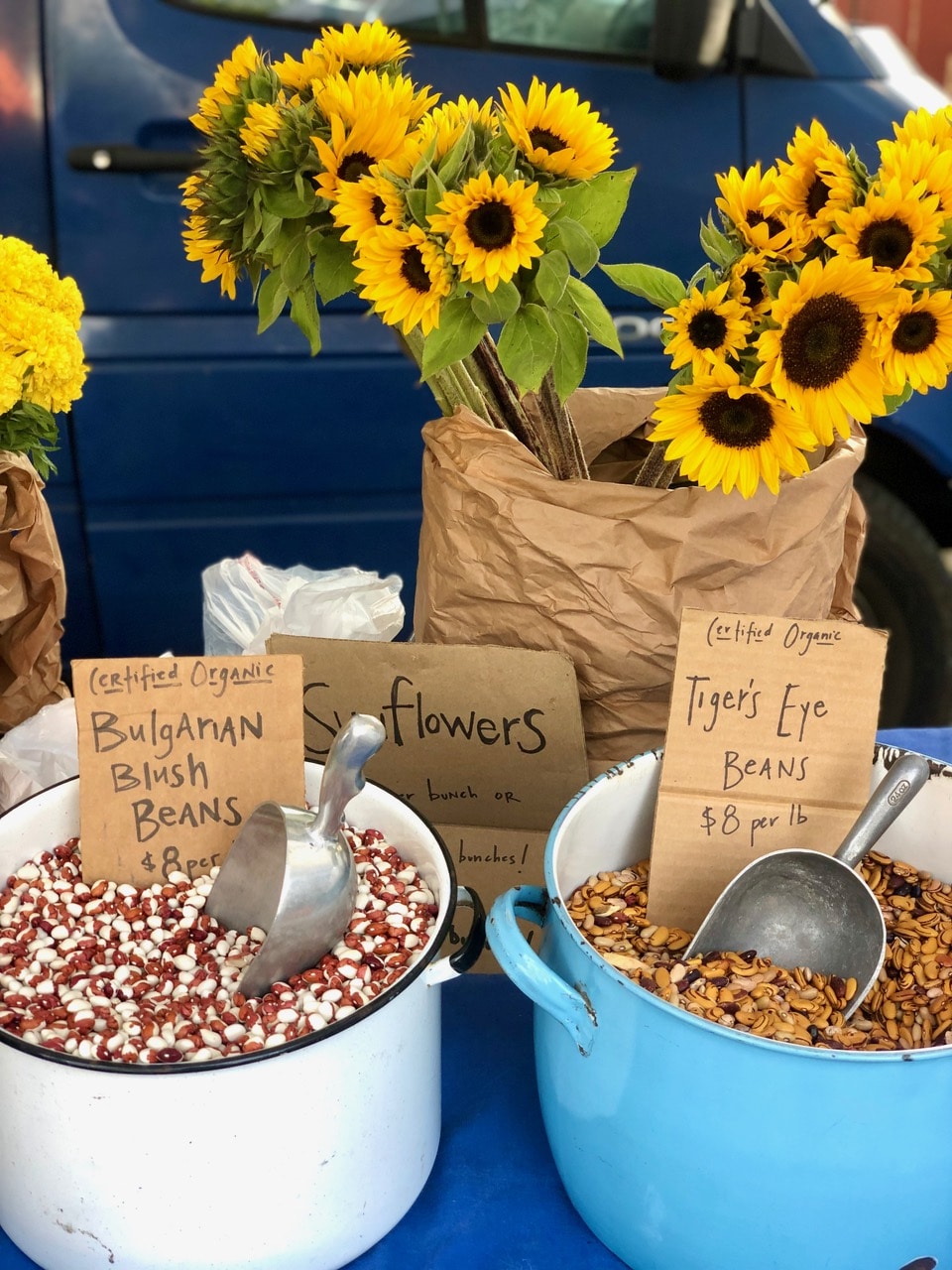
In fact, pulses are a part of the Dietary Guidelines, specifically recommended among a subgroup of vegetables (1 – 2 cups per week for adults), as well as the protein group, where ¼ cup cooked pulses can replace 1 ounce of protein. More importantly, they are part of all three dietary patterns recommended in the Dietary Guidelines: Mediterranean, Vegetarian, and US Healthy style eating patterns. It’s no wonder they are highlighted there, since research shows that regular consumption of these wholesome plant foods offers an array of benefits, including lower body cholesterol and body weight levels, lower risk of heart disease, hypertension, diabetes, and some types of cancer; and higher intakes of fiber.

On top of that, pulses are also good for the planet. They have a low carbon and water footprint, are a natural fertilizer because they fix nitrogen in the soil, and are economical, costing only about 10 cents per serving. With so many reasons enjoy these nutrient-rich plant foods, what are you waiting for? Try these tips to get started.
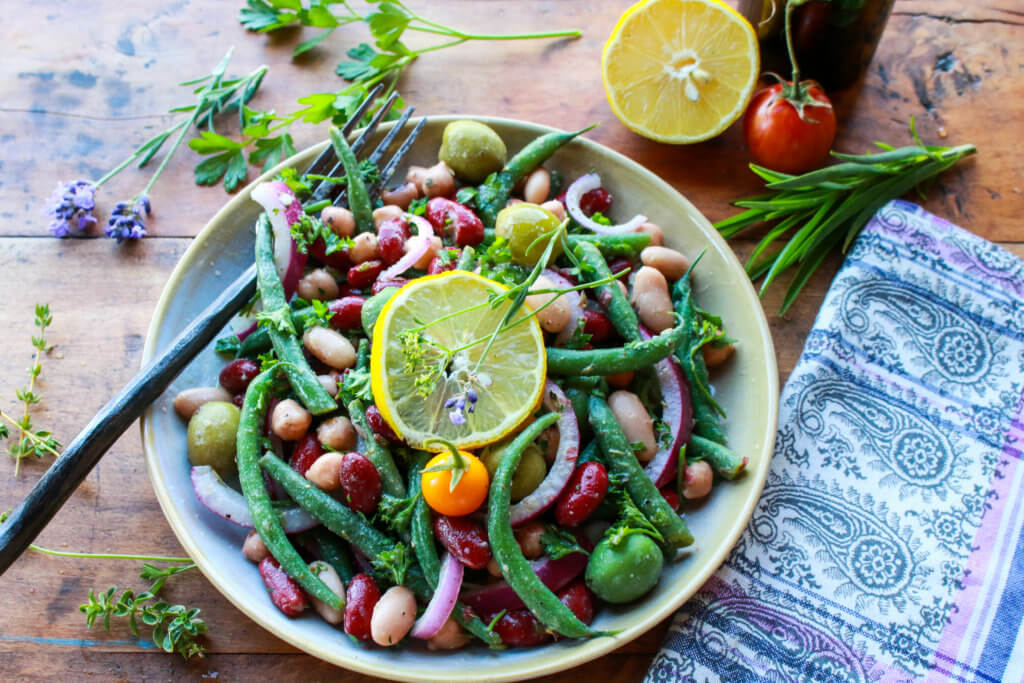
Top 7 Tips for Including Pulses in Your Meals

1. Turn to Pulses for Gluten-Free Eating
Pulses are a perfect gluten-free, nutrient-rich, high-fiber alternative for meal planning if you must avoid gluten for medical reasons. Use them as a side-dish or even in baking to replace gluten-containing grains.
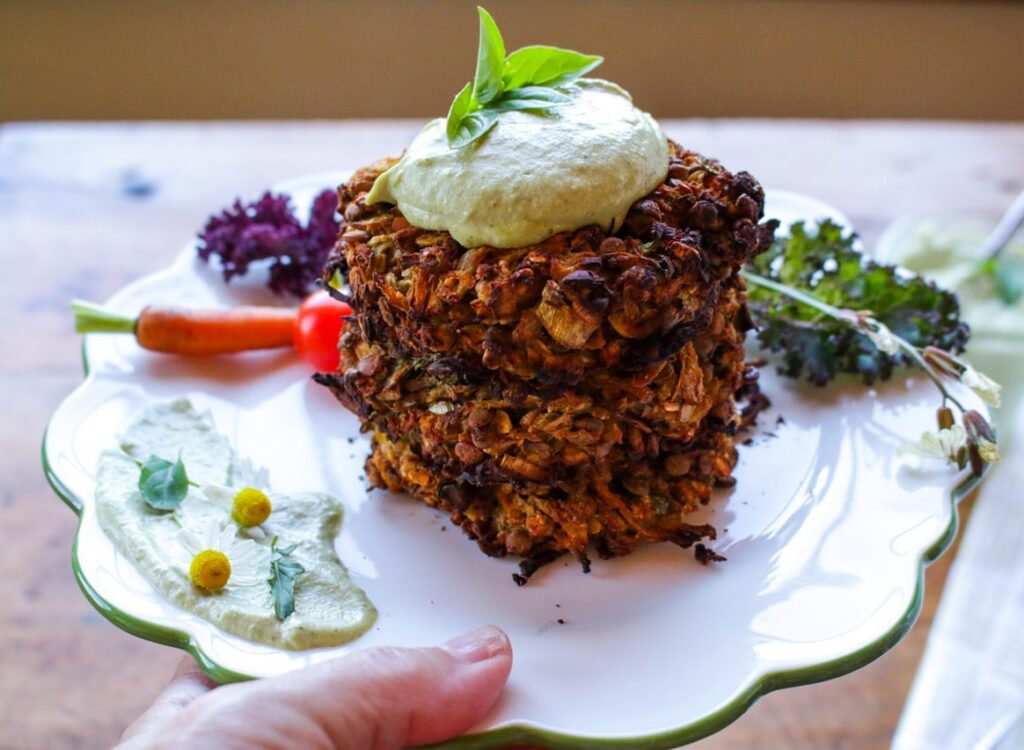
2. Rely on Pulses for Your Vegetarian Meal Option
Turn to pulses for vegetarian meal options for Meatless Monday, if you’re a vegetarian, or even if you want to introduce more plant-based meals during the week. Pulses can take the place of animal protein on the plate in dishes like Dal (Indian curry with lentils), chili, bean burritos, red beans and rice, and lentil soup.
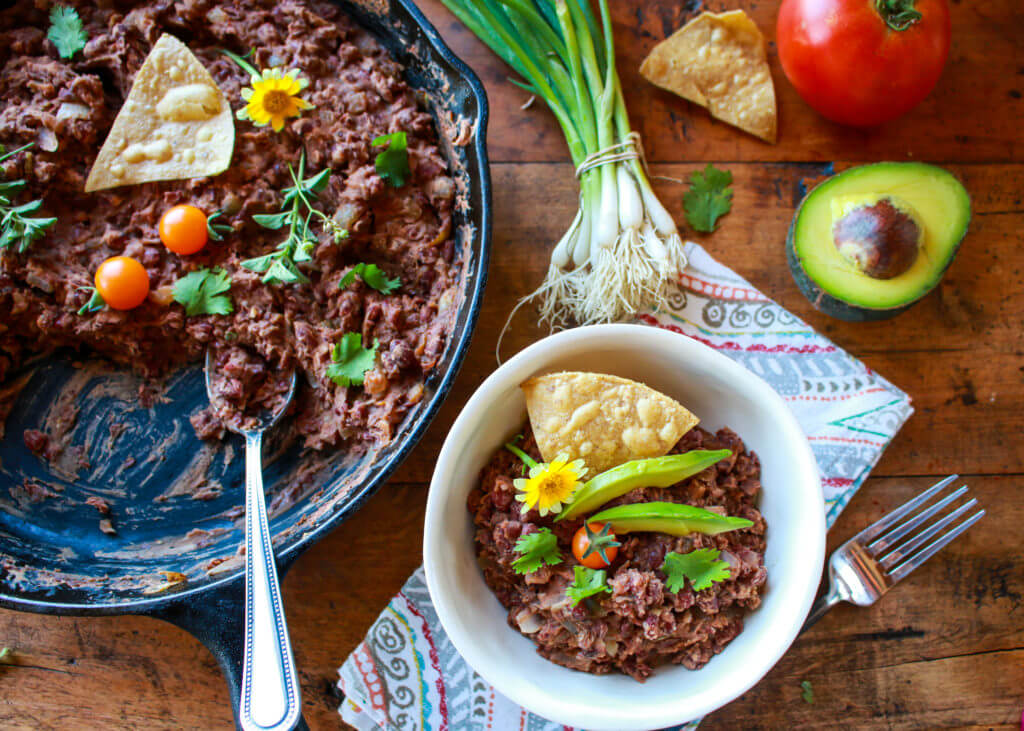
3. Trim Your Food Budget Dollars with Pulses
Planning a meal or two around pulses every week can offer nutrient-rich, low-saturated fat, high-fiber meal options that are easy on the budget.
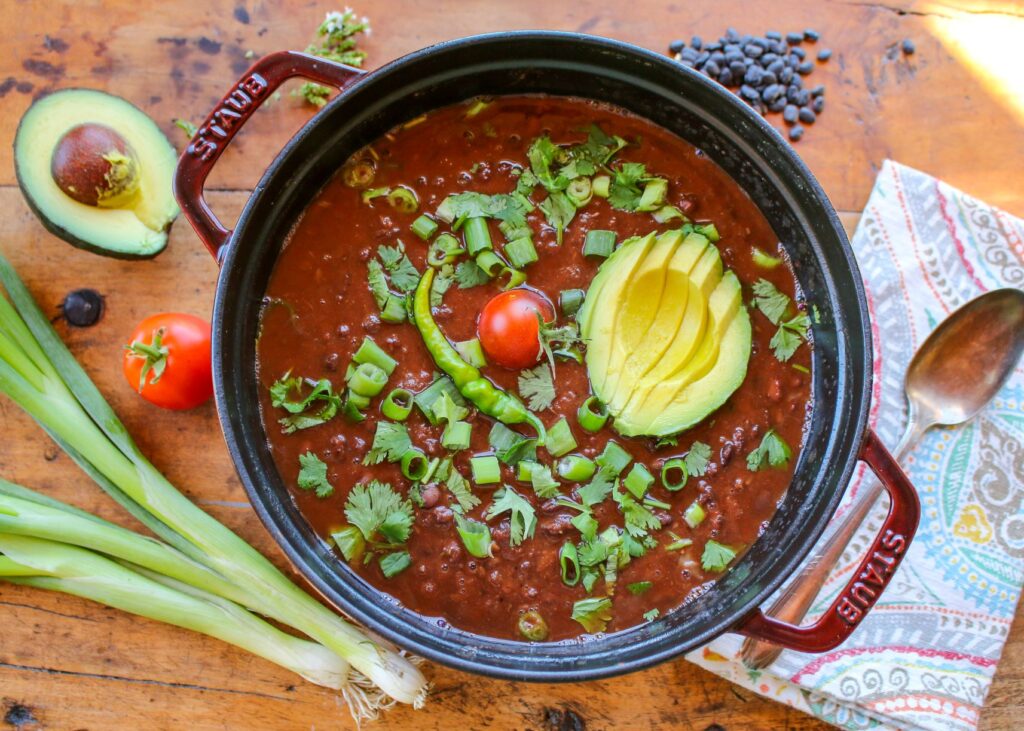
4. Learn More About Pulses
Familiarize yourself with techniques for cooking dried pulses, such as pre-soaking, the quick soak method, using a slow cooker, and pressure cooking. Learn more about cooking pulses in an Instant Pot here.

5. Use Canned Beans as an Easy Go-To
Remember, canned beans are an easy alternative. Stock canned beans in the pantry to use in salads, stews, soups, casseroles, and pasta dishes.
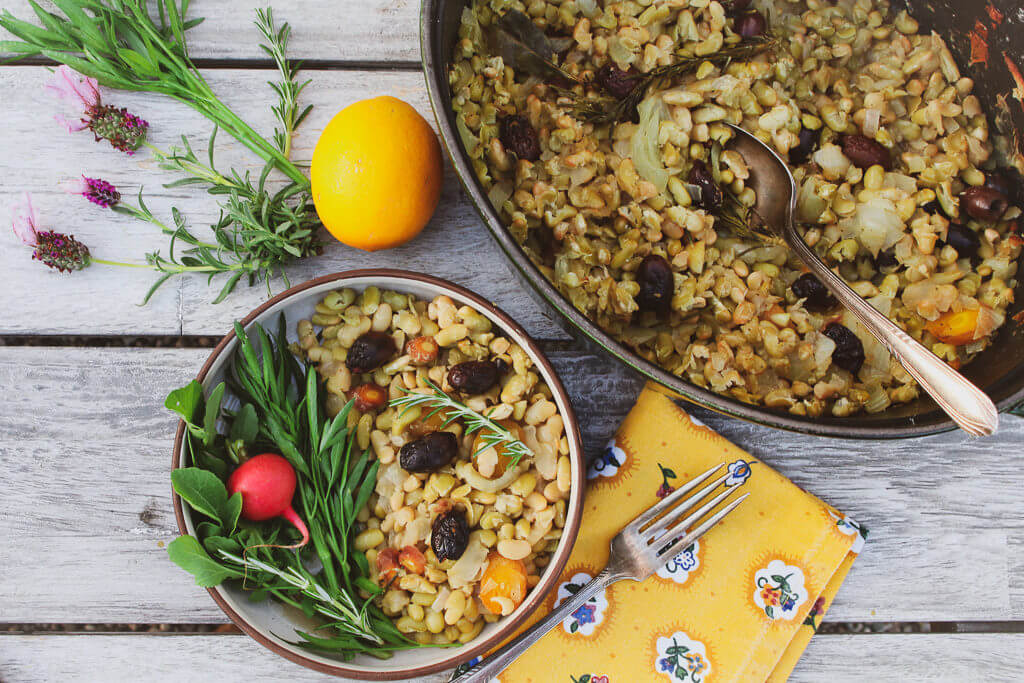
6. Celebrate Heritage Beans
There are many unusual varieties of beans that have been handed down through the generations, such as Rattlesnake Beans or Eye of the Goat Beans, which are unique ways to provide different textures, colors, and flavors to dishes.
7. Include Pulses in All Meal Occasions
You can put pulses on the menu at every meal, including snacking and desserts. Here’s how:
- Breakfast: Include in breakfast burritos, English baked beans, huevos rancheros, and lentil porridge.
- Lunch: Sprinkle in green, pasta and grain salads; serve in wraps or falafel sandwiches, stir into bean or lentil soups, or include in bean tacos or tostadas.
- Dinner: Use pulses in veggie-burgers, baked bean dishes, cassoulets, lentil loaves or patties, jambalaya, beans and rice, chickpea pancakes, or Indian curries.
- Snacks: Pulses can star in roasted chickpeas, hummus, bean dips, and pulse crackers.
- Baking and Desserts: Pulse flours may be used in breads, muffins, waffles, pancakes, cookies, and bars. Puree cooked pulses to stir into batters, such as muffin or cookie batter. And use aquafaba (bean liquid) to replace eggs in baked goods. Just whip the reserved liquid from canned or cooked beans until thick and use it as a replacement for beaten eggs.
To learn more about pulses, check out the following blogs:
Eat More Pulses to Manage PCOS
Pulses, Cornerstone of the Mediterranean Diet
Power Up on the Plant Protein Star Pulses
For some of my favorite recipes featuring pulses, check out:
Creamy Chickpea Curry
Olive Sun-Dried Tomato Hummus
French Green Lentil Salad with Cherry Tomatoes
I love use my Instant Pot to cook pulses. Get your own here!
Image: Desert Sage Lentils, featured in my new book California Vegan.
This post may contain affiliate links. For more information click here.


